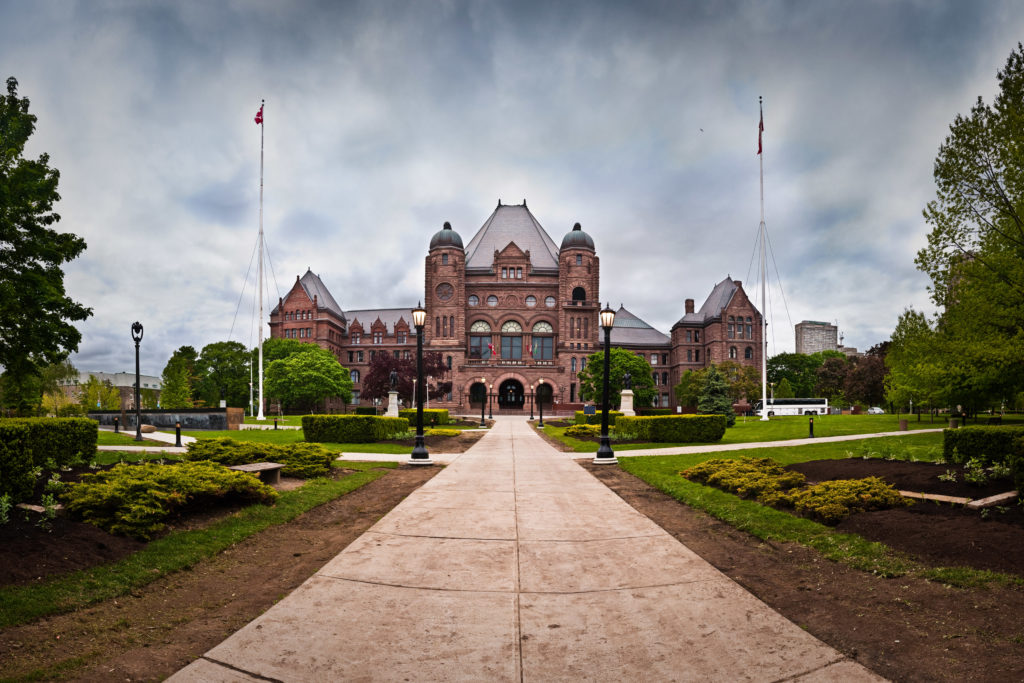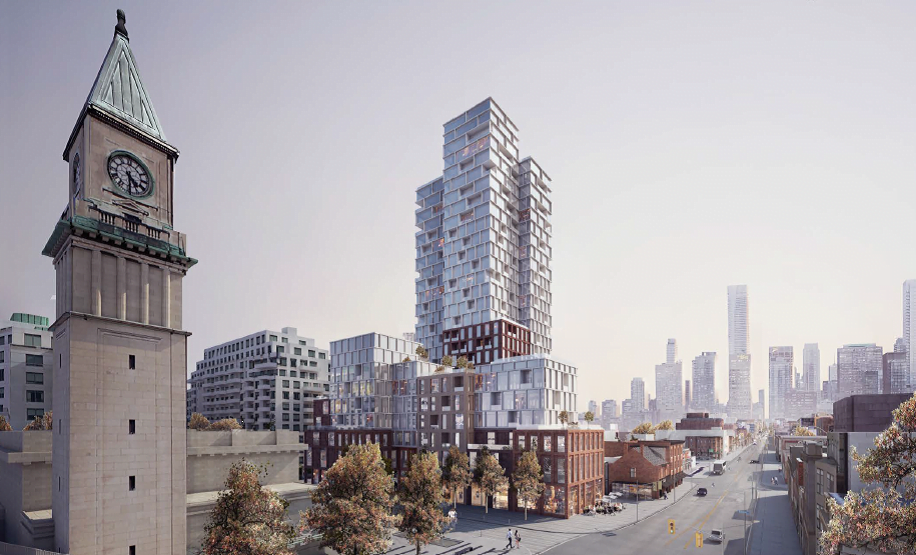Looks like the leave to appeal motion decision is out on Canlii, request refused.
Access all information related to judgment My Rosedale Neighbourhood v. Dale Inc., 2019 ONSC 6631 (CanLII) on CanLII.
www.canlii.org
[31] The difficulty of that argument though is seen in para. 150 of the decision discussed above. The tribunal recited the opinion of the respondents’ expert that even with new information about the architect, the grade or rating of the one house did not require change. The tribunal knew the information and still held that the houses themselves “had characteristics of middling interest”. Once again, it is not the legal test that the applicants truly contest. It is the findings of fact or the legal standards as applied to the facts as found that they are challenging. As such, they do not raise an issue of law on this head either.
Outcome
[32] In planning cases such as this one, the role of the court is to ensure that the law is understood and applied appropriately by those charged with the tasks of making the planning decisions. It is well understood that planning matters involve policy decisions as much or more than legal ones. It is not the role of the court to balance competing policies, weigh subjective aesthetics, or to make the political compromises that underlie planning decisions.
[33] In this case, I am not making any determination about the heritage value of the proposed development. Rather, I am considering the court’s role as overseer of the legality of the process and make the sole finding that the applicants have not raised any issues of law that arise for decision in this case for which leave to appeal to the Divisional Court may be granted.
[34] The application for leave to appeal is therefore dismissed.
[35] The respondents who appeared (other than the City) seek costs of $30,000 on a partial indemnity basis. The applicants argue that $15,000 is a more appropriate figure. In my view, this was a complicated matter with three distinct arguments that required significant time by counsel. A reasonable costs outcome considering the factors in Rule 57.01 and the of issue of access to justice is for the applicants to pay to the respondents Dale Inc. and Dale II Inc. jointly and severally costs in the aggregate sum of $22,500 all-inclusive.

 southrosedale.org
southrosedale.org


